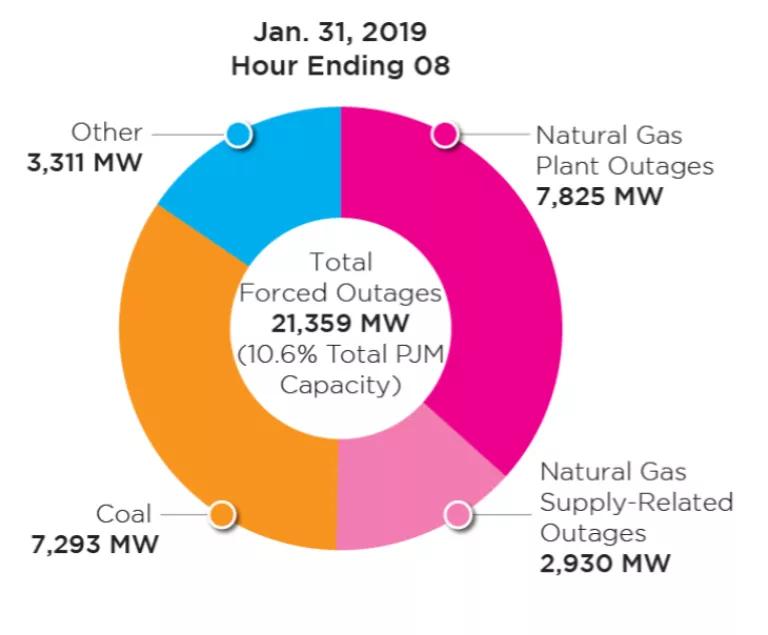
As Josh pointed out, yesterday NRDC filed a lawsuit challenging the critical habitat designation of the tidewater goby, a small fish, unique to its genus, that can only be found in the brackish estuaries, salt marshes, and lagoons along California’s coast.
Our quarrel with the designation (which was issued under the Endangered Species Act) is that the federal government refused to protect any unoccupied goby habitat. Case in point, the Tillas Slough (pictured above), at the mouth of the Smith River in Northern California. The Tillas Slough is important tidewater goby habitat. For one thing, it’s the northern-most place that gobies can be found and, because of

prevailing currents and the short distances these little fish can survive and migrate in the open ocean, south-to-north natural recolonization is difficult. That means every time a goby population winks out, without another goby population to its north, the local extinction is more likely to be permanent. For another thing, the Tillas Slough has a huge amount of potential tidewater goby habitat in it—up to 500 acres. In tidewater goby terms, that’s big. Although there are a few other spots along the coast with big chunks of potential habitat, in many other places (especially farther south) available tidewater goby habitat is in the single digits. That’s why the 2005 tidewater goby Recovery Plan specifically identifies the Smith River estuary as a potential reintroduction site; and reintroduction of tidewater gobies to suitable habitat is the key to their recovery.
Now add to that the fact that critical habitat is defined as habitat essential to a species recovery and that fact that the federal government refused not only to designate potential reintroduction sites in Tillas Slough, but any unoccupied habitat as critical, and you see the problem. Tidewater gobies, like so many animals protected by the Endangered Species Act, can recover: but only if we give them some room.

